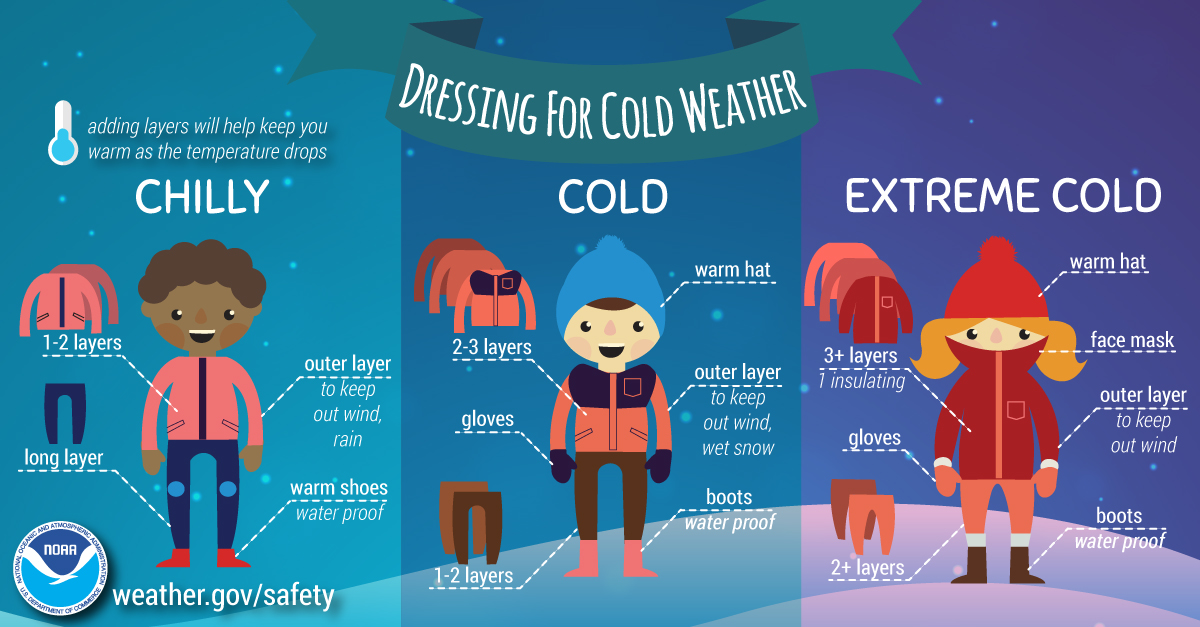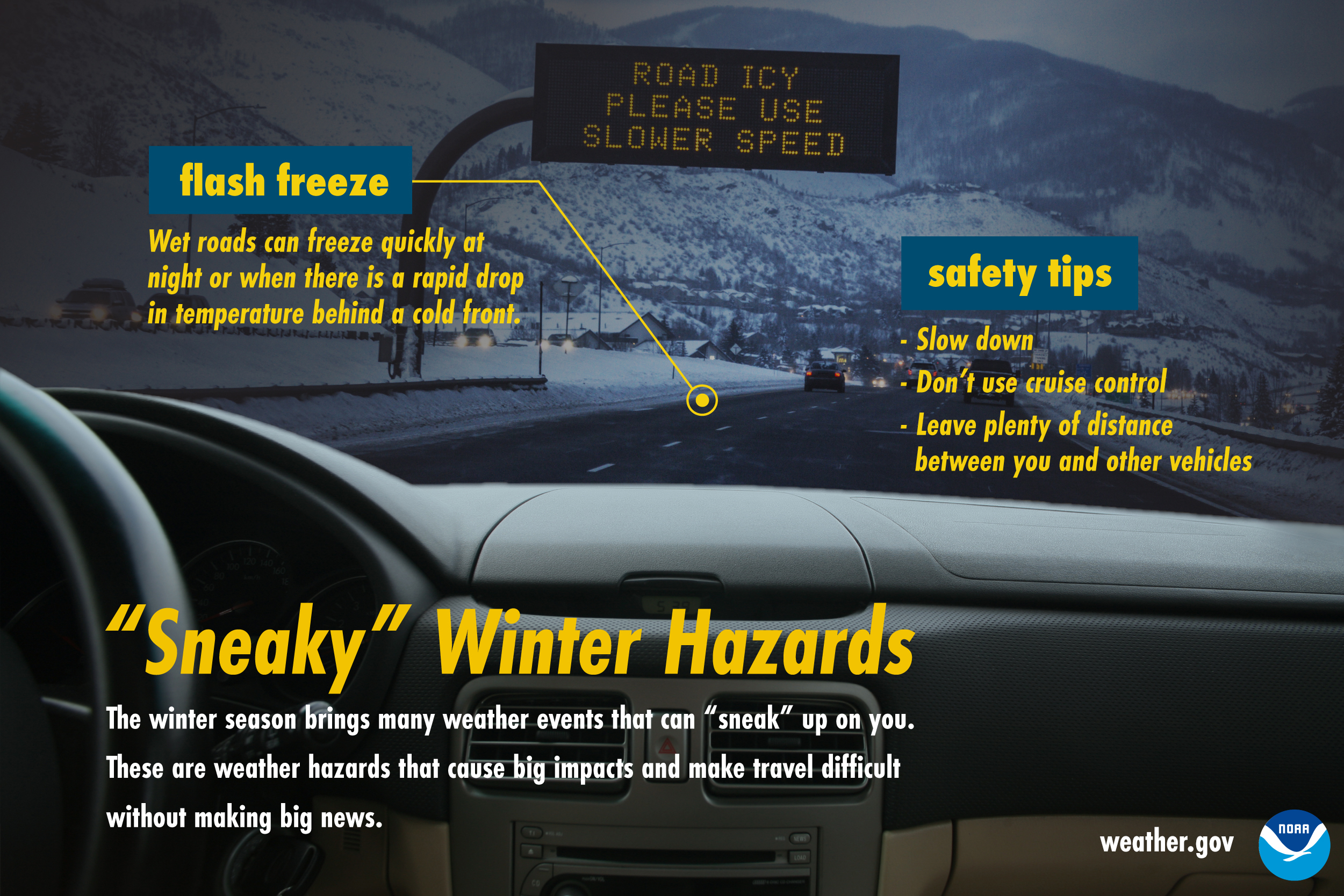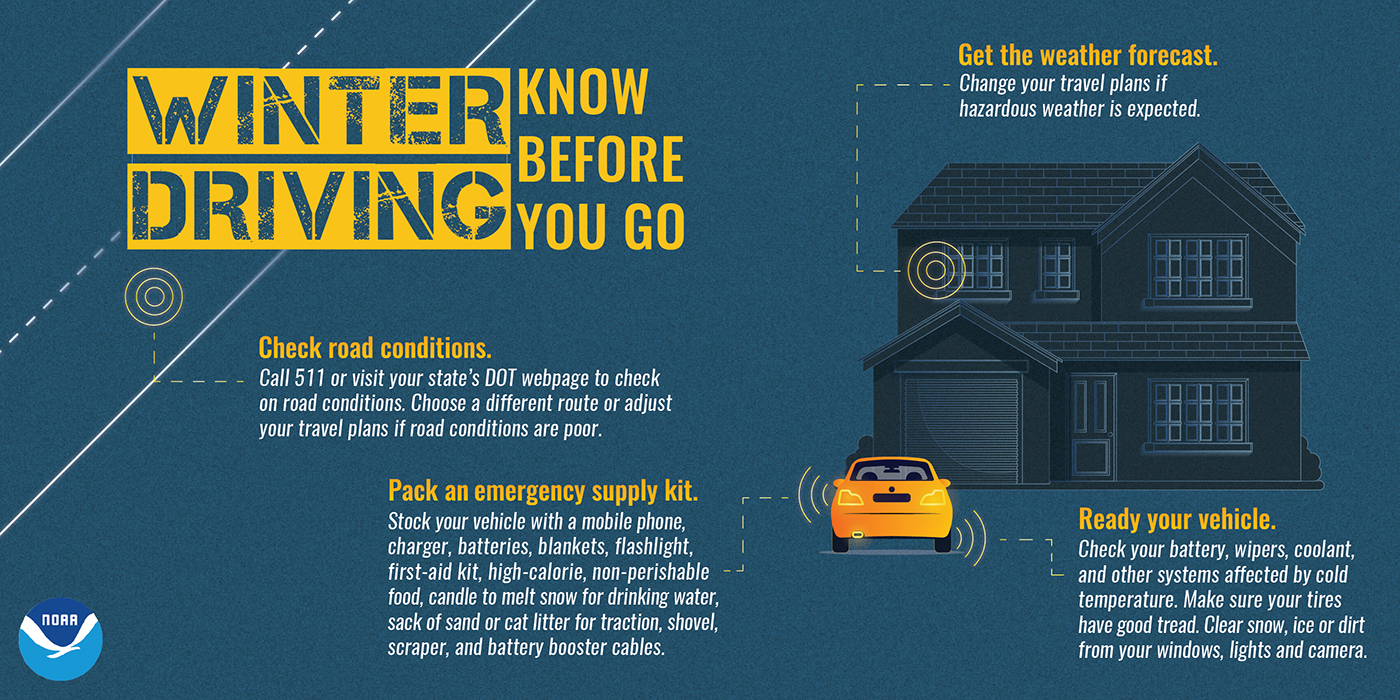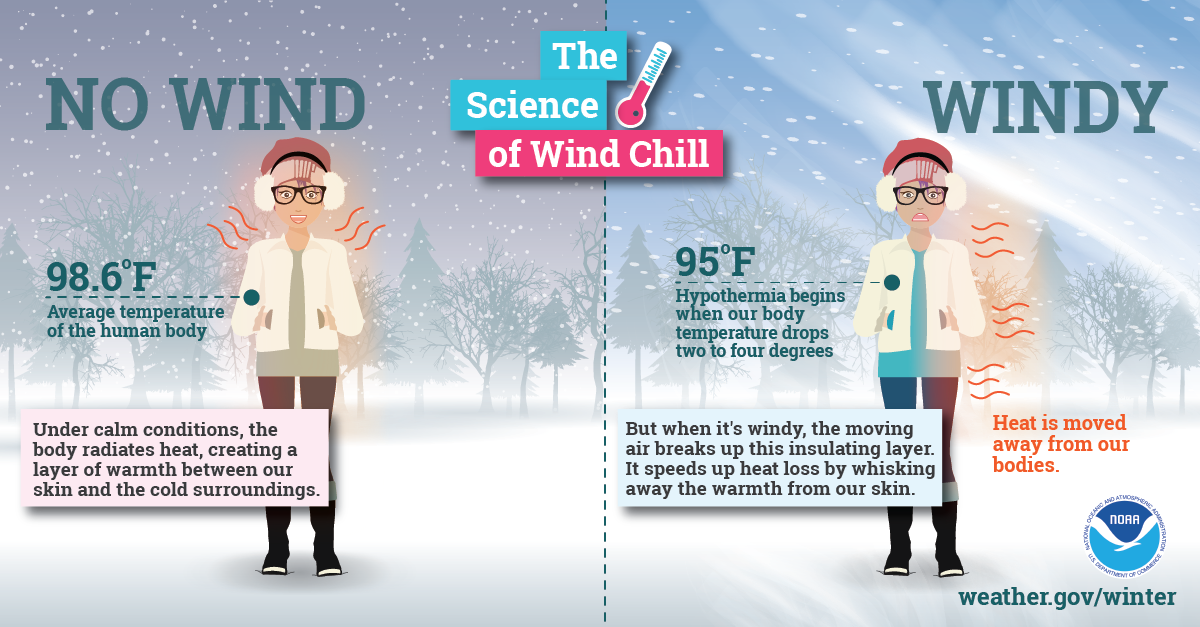I’ve mentioned a flash freeze a few times recently, and I haven’t taken the time to explain what that is. Thankfully, it is mostly self-explanatory. It is like a flash flood, but with temperature. At times during the winter, behind strong cold fronts, the temperature can drop so quickly that things don’t have a chance to dry out before the temperature slips below freezing.
WHAT DOES IT LOOK LIKE?
To visualize this, Tomer Burg created a great cross-sectional view of a modeled cold front with a flash freeze zipping down a mountain.
In the animation above, the pinks and purples are the sub-freezing air. The greens are above-freezing air. You can see how quick the cold air just bulldozes through the modeled region.
For those of you who like looking at Skew-T charts, instead, this is what it looks like on a Skew-T over a four-hour period. Notice that on the left we are about 45F. then we start to cool down in the middle and by the far right image, four hours later, we are 10F.

We go from chilly to extreme cold in just a few hours. So if you are planning to be out as one of these events happen, it is improtant to have the proper clothes.

And it is important to drive much more carefully. Because in flash freeze events, all of the leftover water on the ground, on roofs, handrails, and – most importantly – the roads freezes really quickly.

PREPARING FOR A FLASH FREEZE
When preparing to travel when a flash freeze is in the forecast, it is important to take it really easy onb the roads and watch the temperature closely. When it falls below 32F, depending on the ground temperature, you’ve got about an hour (sometimes more, sometimes less) before ice starts to form.
If you’re headed out after the temperatures fall below 32F, take it really – REALLY! – easy on the roads. And make sure you have a “survival kit” with you in the car. Just in case you slide off the road, get in a fender bender, or just get stuck in traffic and run out of gas, you want to make sure that you are warm enough, have water, and some snacks.

A good checklist of things to keep in your car during flash freeze events are….
– Blankets
– Coats
– Boots
– Water
– Snack foods
– Sand/cat litter (for traction if you slide off the road)
– Flashlight
– Toolkit
Recall a few years ago when the flash freeze hit Birmingham and Atlanta. People were stuck on the roads for more than 12 hours, simply sitting in traffic, in temperatures that were dangerously cold (below 20F with a wind chill in the teens).
If you don’t have to leave the house, depending on the temperature, wind chill outside, and your specific location geographically, you may have to worry about frozen pipes. Lina Hidalgo posted a great walk-through with tips from a plumber in Houston on Twitter:
And, yes, pipes feel wind chill, too! Just like you and me, as the wind blows, it pulls more heat away from pipes, too.
For you and me it is the difference between feeling toasty warm in our big winter jackets, versus still feeling a bit cooler because the wind is extracting more heat from our bodies.

For pipes, it works similarly. But the difference is the water in those pipes can become super-cooled and remain a liquid with a temperature below-freezing. Then, in order to freeze, the water has to ‘warm up’ to 32F. This is why some pipe bursts can happen when the cold temperatures start to moderate a bit – the water in the pipes is below-freezing in some spots and as it warms back to freezing, it finally solidifies, expands, increases the water pressure, and bursts.
The easiest way to keep this from happening is to drip your faucets and insulate your pipes!

